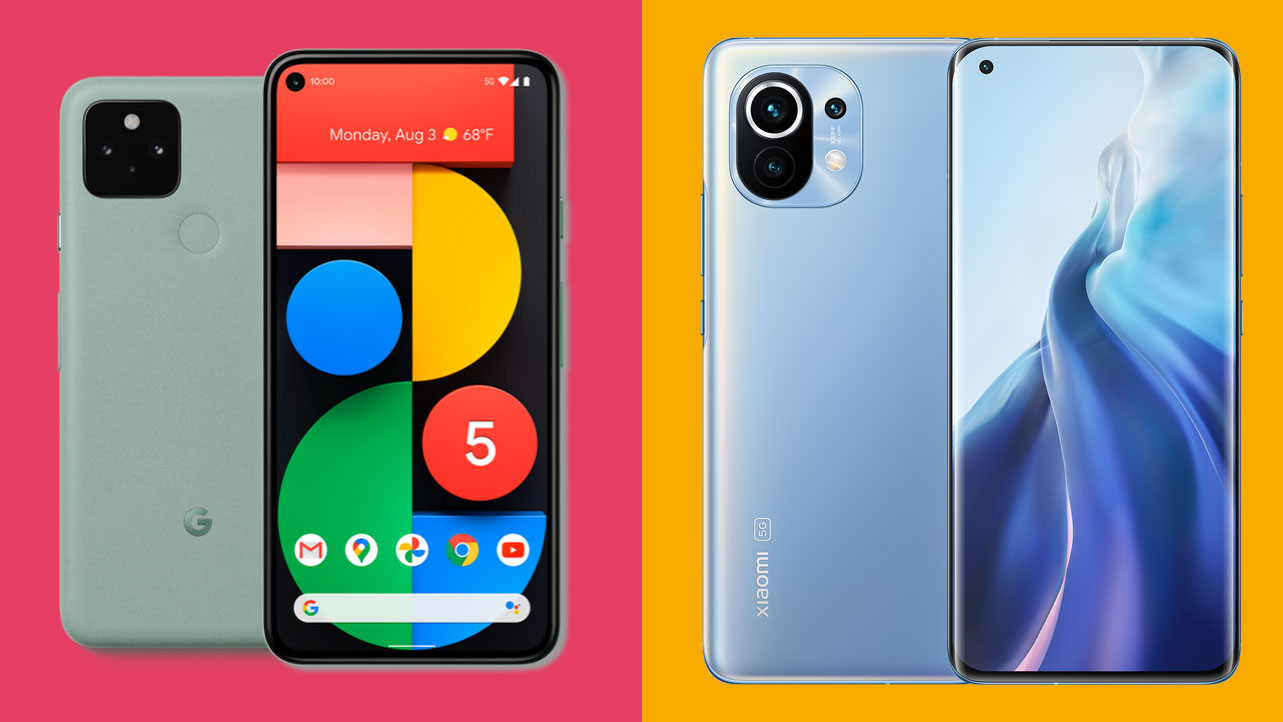
For a lot of people, spending big on a flagship phone no longer holds much appeal, if it ever did.
The parlous state of the world economy, coupled with a mature smartphone market that’s struggling to provide meaningful advancements, means that many are looking for something a little more modest.
Thankfully, there are a whole bunch of compelling handsets available for much less than $1,000 / £1,000, but which offer a distinctly premium experience. Two of those phones are the Xiaomi Mi 11 and the Google Pixel 5.
They have very different specs, designs, and price points, but both offer a great deal of value. So which phone is best for you?
Xiaomi Mi 11 vs Google Pixel 5 price and availability
The Xiaomi Mi 11 has had a rather convoluted rollout. It was first announced in China in December 2020, and then received a second global launch in February 2021. It finally arrived in European markets that very same month.
Prices for the Xiaomi Mi 11 start from £749 / AU$1,099 (around $1,057) for the 128GB model, while a 256GB model is available in the UK for £799 (around $1,128). The Xiaomi Mi 11 isn’t currently being sold in the US, so you’ll have to run the import gauntlet if you’re dead set on buying one.
The Google Pixel 5 landed on October 15, 2020. If you head over to the Google Play Store, you’ll find that it continues to sell for $699 / £599 / AU$999. You may be able to find a deal elsewhere, given that it’s now past the magic six month mark. Unlike the Mi 11, it’s available in the US.
Get daily insight, inspiration and deals in your inbox
Sign up for breaking news, reviews, opinion, top tech deals, and more.
Design
The Xiaomi Mi 11 is a much more ‘premium’ device than the Pixel 5, in the traditional sense. It’s sleek and curvy from all angles, aided by glass surfaces (including super-tough Gorilla Glass Victus around front) sandwiching an aluminum body.
By contrast, the Pixel 5 goes with an unorthodox all-metal body, coated in a weird matte plastic material. It’s certainly original, and it makes the phone feel both rugged and easy to grip, but it’s not as visually appealing as its rival.
At 144.7 x 70.4 x 8mm and 151g, the Pixel 5 is smaller than the Xiaomi Mi 11 (164.3 x 74.6 x 8.1mm and 196g) in every way. It’s a much easier phone to wield as a result, and it’ll disappear into a pocket or bag without fuss.
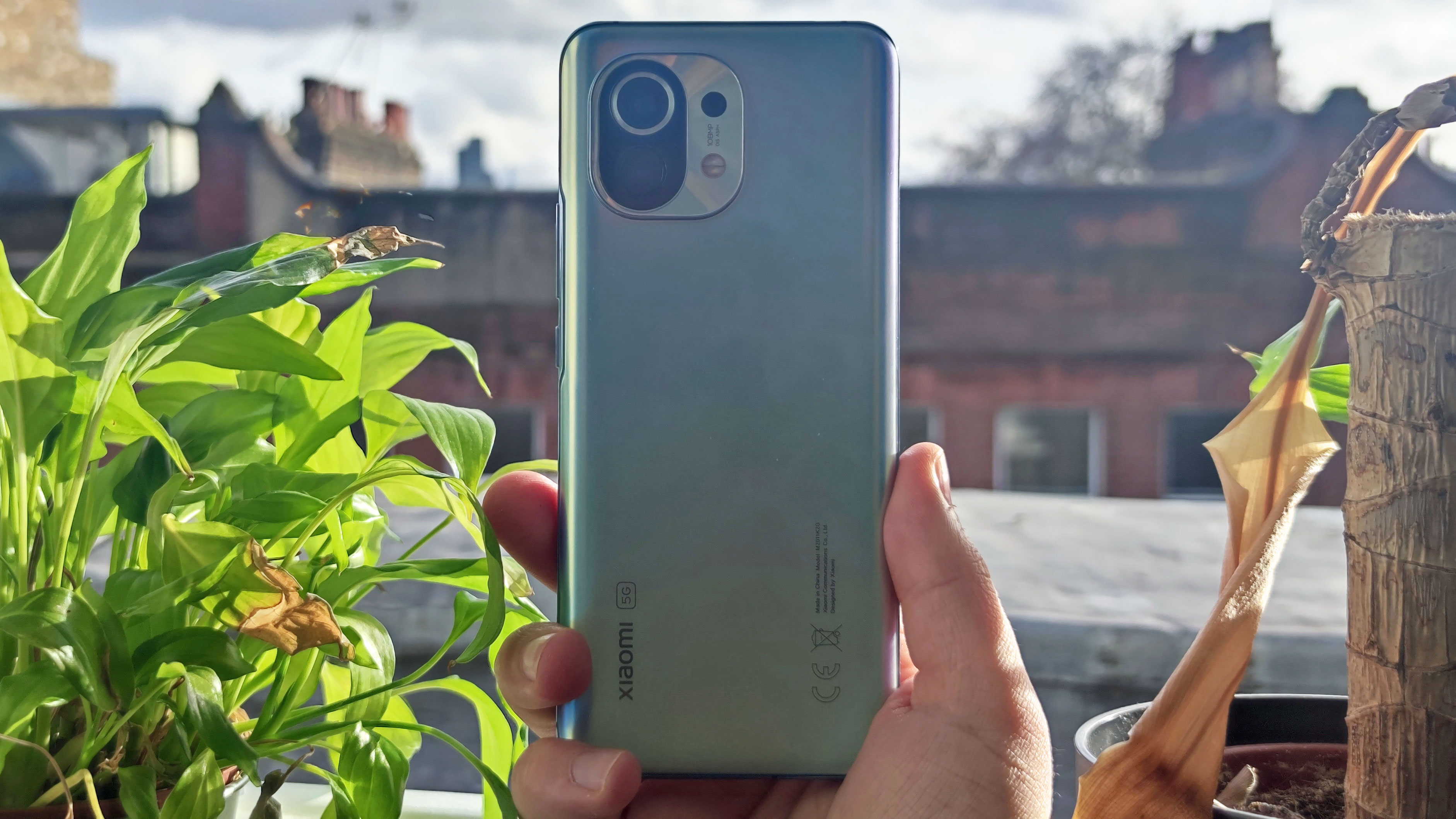
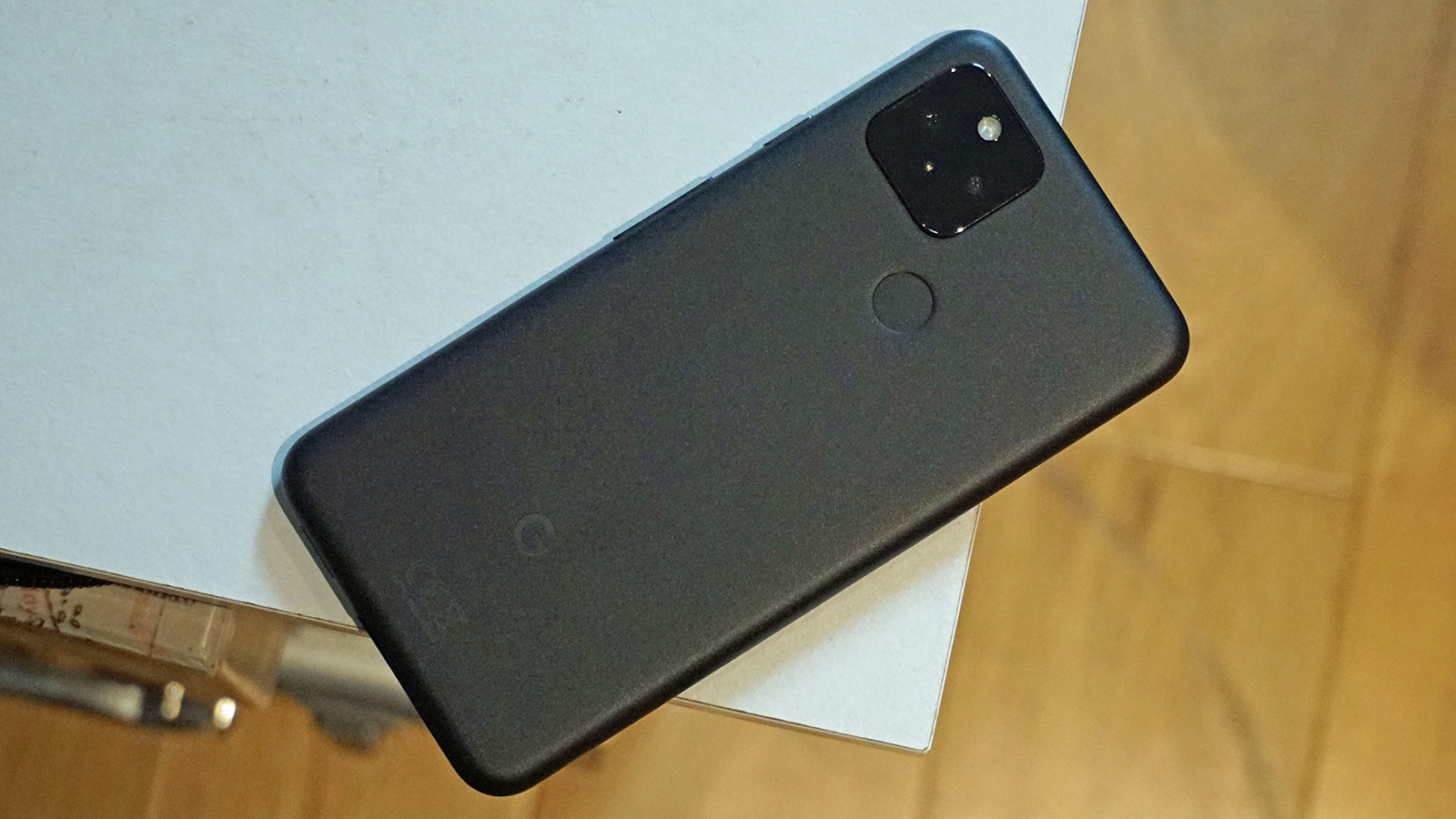
‘Without fuss’ is a neat summation of the Pixel 5’s color options too, with just Sorta Sage and Just Black on offer. The Xiaomi Mi 11, by contrast, comes in Horizon Blue, Cloud White, Midnight Gray, Special Edition Blue, Gold, and Violet. Though it should be noted that the precise availability of all those colors will vary according to region.
While the Xiaomi Mi 11 is your typical sleek flagship in many ways, it does pack a couple of stand-out external features. Its distinctive rounded-square camera module is very easy on the eye, while the provision of an IR blaster is quite a rare one, and enables you to use the phone as a remote control replacement.
Display
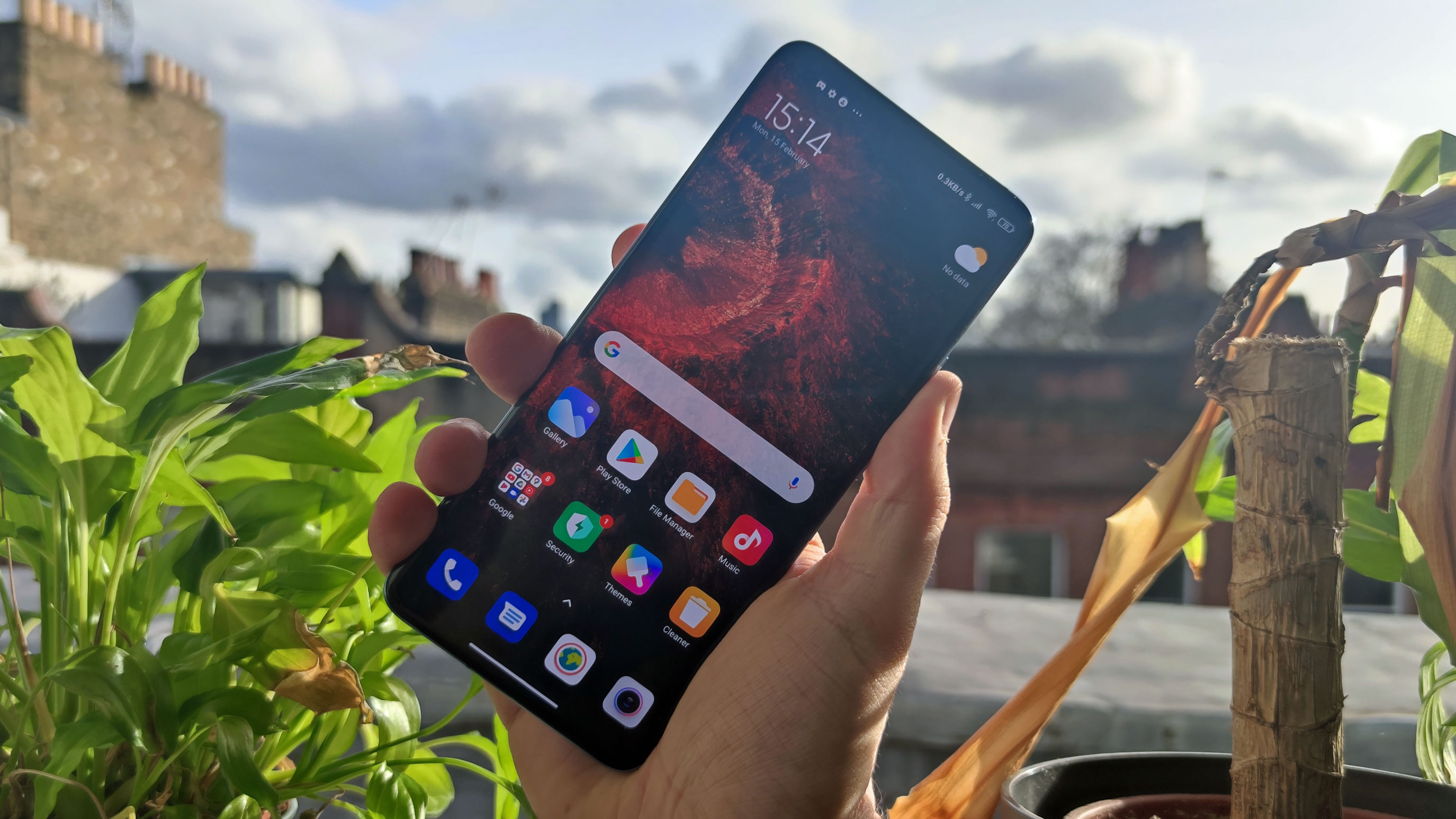
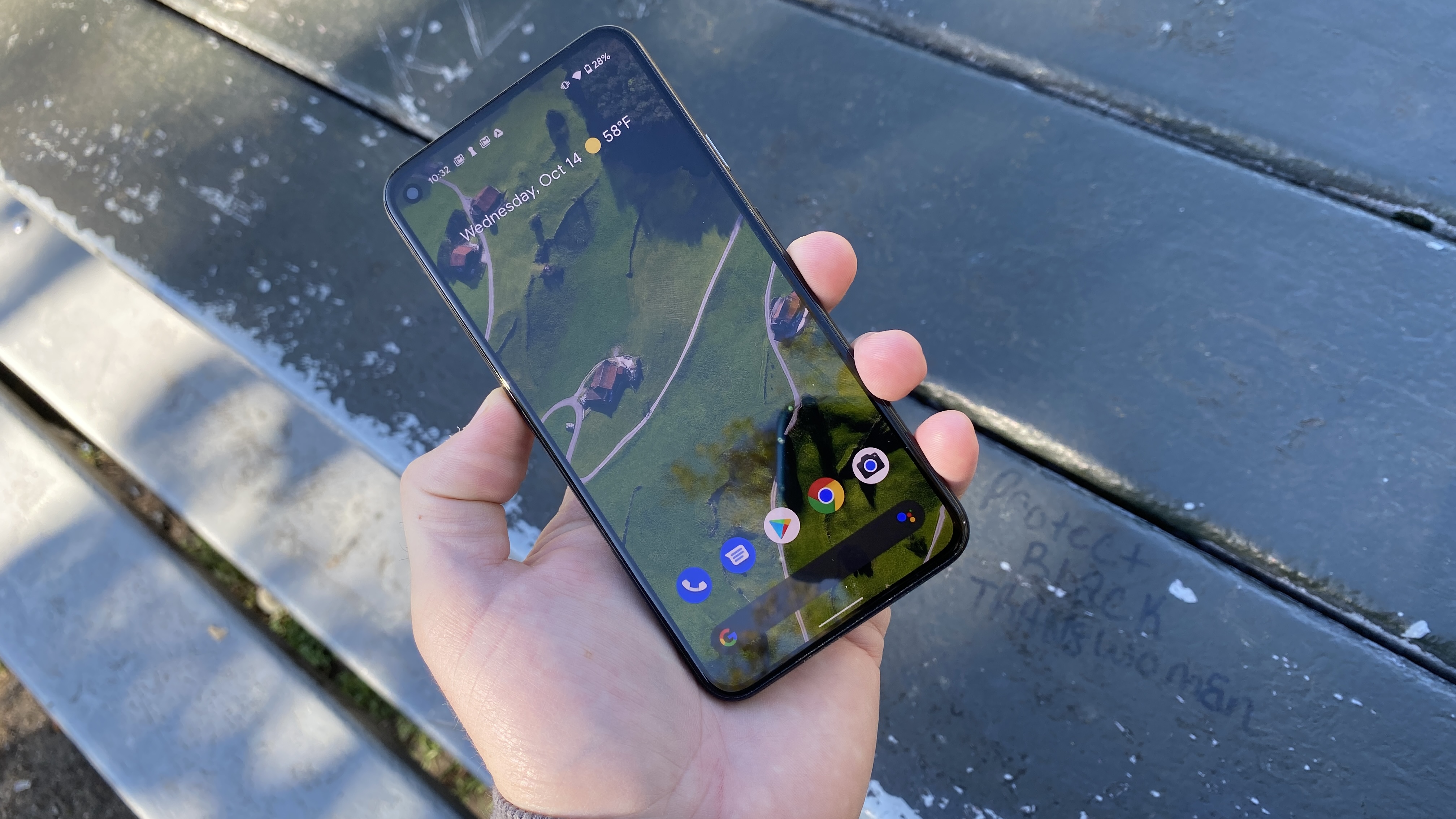
There’s simply no comparison when it comes to display quality. The Xiaomi Mi 11’s screen is top of the line, whereas the Google Pixel 5’s lies somewhere in the second or even third tier.
Not that it’s a bad screen by any means. This 6-inch Full HD Plus (2340 x 1080) OLED looks bright and sharp, with a 90Hz refresh rate ensuring that content scrolls by smoothly.
But the Xiaomi Mi 11 beats it in all the key metrics: size, sharpness, brightness, smoothness, and even responsiveness.
This is an absolute peach of a 6.81-inch display, capable of outputting at 1440 x 3200 (QHD+) and 120Hz simultaneously, just like the Samsung Galaxy S21 Ultra and the OnePlus 9 Pro. It can also get crazy bright when the sun comes out, to the tune of 1500 nits - roughly double the Pixel 5 at its peak.
Xiaomi has given its display a slight curve, unlike the completely flat Pixel 5, which will give Google the edge (no pun intended) for a certain group of people. But Xiaomi’s implementation is subtle, and we didn’t find that it had an adverse effect on video content or screen usage.
The Xiaomi Mi 11 display is also extremely fast, and we’re not just talking about that superior 120Hz refresh rate. The company has implemented an unusually rapid 480Hz touch sampling rate, which means that it responds to your touch much quicker than its rivals. We don’t have the figure for the Pixel 5 for comparison, but we’re pretty certain it’s considerably slower than that.
Admittedly, only hardcore competitive gamers are likely to pick up on and benefit from this increased responsiveness, but it’s a cool feature to have nonetheless.
Only the Xiaomi Mi 11 uses a modern in-display fingerprint sensor, with Google saving the pennies be reverting to an old school rear-mounted alternative. Frankly, though, neither is the most reliable biometric authentication system we’ve ever used.
Camera
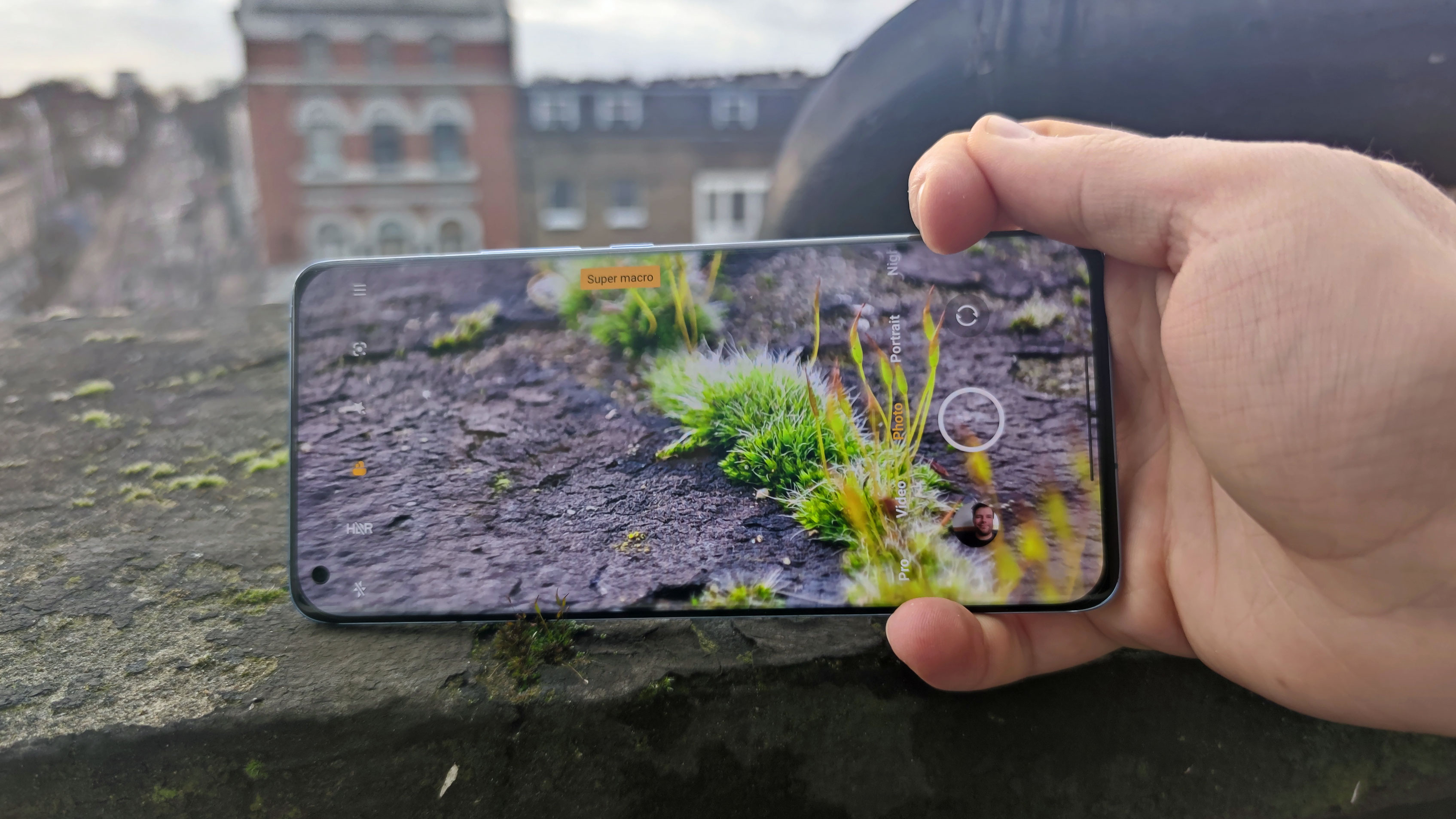
These are two great camera systems, but they take very different approaches to photographic excellence.
The Xiaomi Mi 11 goes the brute force approach, with a huge, top-end 108MP f/1.9 Samsung ISOCELL HM3 image sensor. That’s the same component you’ll find in the pricey Samsung Galaxy S21 Ultra.
Xiaomi utilizes this advanced sensor, with its pixel-binning techniques (essentially combining the information from multiple pixels into one), with a little assistance from its own smart AI, to produce bright shots with excellent contrast. With OIS assistance, it’s also capable of strong night shots.
Google, on the other hand, relies way more on its algorithmic smarts in the Pixel 5 camera. It’s still using the exact same 12.2-megapixel Sony Exmor IMX363 sensor that could be found in the Pixel 3 and the Pixel 4.
The flip side of using such old technology is that Google knows how to get the most out of it, and specifically how to use its unmatched computer vision capabilities to extract more detail and contrast from it.
To be honest, Google no longer has the lead on image quality that it used to have, and the Xiaomi Mi 11 camera can match or better it in a number of scenarios. But the Pixel 5 is still a highly impressive point-and-shooter, and it takes uncannily good night shots.
Google has also added a 16-megapixel ultra-wide sensor for the Pixel 5. Thanks to those AI skills, there’s an impressive lack of distortion to these shots - though the field of view comes in at a rather narrow 107-degrees.
It’s certainly more impressive than the Xiaomi Mi 11’s 13MP f/2.4 ultra-wide sensor. It does a job, and boasts a wider 123-degree field of view, but it falls well short of the main sensor on detail and color balance.
You also get a third sensor with the Mi 11, in the shape of a 5MP telemacro sensor. It’s fun to play with for a few extreme close-ups, but we’d still rather have a proper telephoto lens. And that goes for the Pixel 5 too.
In terms of video capture, the Xiaomi Mi 11 can mange 8K video at 30fps or 4K video at 60fps. The Pixel 5 can only stretch to 4K at 60 fps, but frankly, that’s more than sufficient.
Specs and performance

Xiaomi wins in the performance stakes, without question. The Mi 11 packs a state of the art Snapdragon 888 chip from Qualcomm, while the Pixel 5 uses the same company’s mid-range Snapdragon 765.
This latter chip is both a generation older and a category lower than the Snapdragon 888, which adds up to a whole lot less CPU and GPU power.
While both phones get 8GB of RAM as standard, the Pixel 5 uses slower LPDDR4x memory rather than the Mi 11’s LPDDR5 RAM. You can also find a Mi 11 model out there with 12GB of RAM, should you wish to go even further.
Suffice to say, the Xiaomi Mi 11 benchmarks way higher than the Pixel 5. In the CPU-focused Geekbench 5, a multi-core score of 3569 more than doubles the Pixel 5’s 1617.
We have no complaints over the Pixel 5’s performance in day to day terms. It’ll juggle multiple apps and web browsing tabs without issue.
But it won’t run everything as smoothly or boot up apps as quickly as the Mi 11, and it won’t run high end games as well. Cranking Genshin Impact or PUBG Mobile up beyond its low-to-mid default settings won’t yield the same silky smooth frame rates on the Pixel 5 - if they can even get up to those heights in the first place. And considering the Mi 11 has to drive more pixels on its QHD display, that’s all the more impressive.
Remember, too, that the Xiaomi Mi 11 display features a faster 480Hz touch sampling rate, which makes games feel even more responsive.
Whichever phone you opt for, you’ll have the same starting storage capacity of 128GB. Depending on your region, however, you might also find a 256GB upgrade option for the Mi 11. Which you might want to take if you’re someone who stores a lot of media files locally, since there’s no microSD expansion for either phone.
Both phones give you stereo speakers, but only the Xiaomi carries extra-meaty Harman Kardon speakers.
It’s been pretty one-side in favor of the Xiaomi Mi 11 on the hardware front, but Google hits back hard on software. Whereas the Mi 11 leans on Xiaomi’s MIUI, with its garish icons, its busy menus, and it’s surfeit of bloatware, the Pixel 5 is stock Android all the way.
That means a cleaner, more stylish, and more orderly home screen for the Pixel 5. You only have Google’s own excellent apps preinstalled too, which means far less fiddling at set-up.
Of course, if you’re someone who actively likes to fiddle and to personalize their smartphone UI to the Nth degree, then MIUI on the Mi 11 might be preferable. Despite its inherent clumsiness, it’s packed full of options to theme, tweak, and enhance your home screen.
Battery life
The Xiaomi Mi 11 runs on a 4600 mAh battery, which is significantly larger than the Pixel 5’s 4080 mAh cell. But it’s far from the clear-cut win this might appear to be.
We’ve spent a lot of time so far in this comparison telling you that the Xiaomi Mi 11 gives you more: more power, more pixels, more screen space, more smoothness, more brightness. And all that ‘more’ takes a significant toll on the phone’s battery life.
In our review, we found that the Xiaomi Mi 11 would burn through a full charge pretty quickly, given the chance. In fact, we could only make it last through a full day if we kept our usage to the minimum, holding off on playing too many games or taking too many pictures.
On the other hand, we were routinely able to make the Pixel 5 last through a full day of moderate to heavy usage, only popping it on charge come bed time. The phone’s smaller, less demanding 90Hz display really pays off here.
Xiaomi will get you back up to full strength quicker, though. With a 55W wired charger in the box and support for 50W wireless charging, you’ll be hitting 100% in half an hour max.
The Pixel 5 only has support for 18W wired and 12W wireless, so you will likely have to wait more than an hour for a full charge if you’re really low.
Takeaway
Both of these phones undercut the $1,200 / £1,200 smartphone heavyweights. But while the Google Pixel 5 only approximates the flagship experience, the Xiaomi Mi 11 is very hard to distinguish from those pricier rivals.
That excellence comes at an increased cost, of course, and if you’re simply not willing to pay more than $699 / £599 for your next phone, the Pixel 5 remains an excellent option.
For those willing to pay $200 / £150 more, however, the Xiaomi Mi 11 gives you quite a bit more. It’s more stylish, way more powerful, and it sports a much better and bigger display. Battery life is an issue, however, and we’d take the Pixel 5’s stock Android over MIUI any day of the week.
If you’re reading this in the US, then you’ll have to jump through a few importing hoops to get the Mi 11, which is another point in the Pixel 5 column. But overall, the Xiaomi Mi 11 strikes us as the better package.

